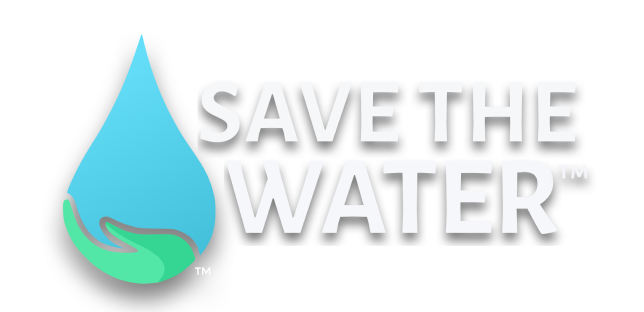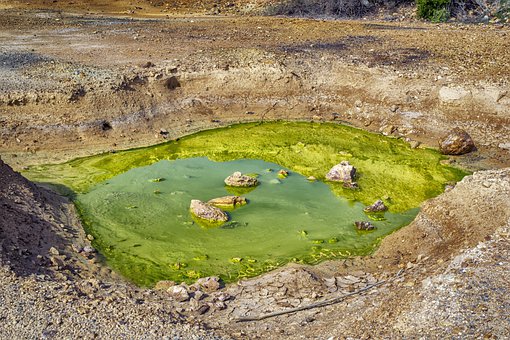By Sophia Arnao, Intern, Associate Researcher – Publishing for Save The Water™ | December 12, 2015
On November 5, the collapse of a tailings dam holding over 50 billion gallons of iron-ore mining waste devastated communities in Minas Gerais, Brazil, burying Bento Rodrigues and contaminating waterways (Reuters). Eleven people were reported dead and others missing. The environmental toll has been severe, threatening biodiversity along the polluted river corridor.
The Fundão dam (Samarco) failed first, its waste spilling into the Santarém dam, then surging through nearby cities and into the Rio Doce, carrying arsenic, zinc, copper, mercury, and other contaminants to the Atlantic over ~500 km. The river—once a drinking water source for hundreds of thousands—became untreatable in places, with massive fish kills and ecosystem damage.
Governador Valadares, nearly 200 miles downstream, shut off municipal water to protect residents, while Vale (a co-owner with BHP of the dams) dispatched water trucks and aid to affected towns (Agência Brasil).
This is not an isolated event. Since 1960, over 100 tailings dam failures have been documented worldwide, often with dire consequences (WISE Uranium chronology).
What are tailings dams? Tailings are the mud-like waste left after crushing and processing ore; the unwanted particles are mixed with water and stored as “tailings” in large impoundments because they’re often toxic and cannot go to sewers or landfills (PBS Frontline explainer; Tailings.info). Because tailings have no commercial value, dams are sometimes built to minimum acceptable standards, raising the risk of failure as walls are periodically raised to contain growing volumes.
Prevention is possible. Robust design demands full geotechnical characterization, appropriate siting, conservative construction methods, and long-term surveillance. As Michael P. Davies argues, many historical failures trace back to design and geotechnical errors that should be rarer in modern practice (Davies, 2002). Compared to water supply dams, tailings dams are harder to maintain because they grow over time, but competent engineering and quality materials reduce collapse risk.
Plan for failure, too. Operators should maintain secondary containment (e.g., downstream berms or cutoff walls), sacrificial buffer storage, and river isolation options to slow or stop a slurry wave before it reaches major population centers.
Cut-rate storage is a false economy. Samarco/BHP/Vale faced a $262 million initial cleanup order, with lawsuits and reputation damage beyond that (Guardian analysis). Investing up front in safer dam designs and contingency infrastructure is cheaper than paying for catastrophic losses to human life, water supplies, and ecosystems.
Bottom line: Tailings are unavoidable in mining, but failures are not. Choosing quality over convenience—from design to construction to monitoring—protects communities, rivers, and coasts.
References
- Davies, M. P. (2002). Tailings Impoundment Failures: Are Geotechnical Engineers Listening? PDF
- Gavett, G. (2012). Tailings Dams: Where Mining Waste is Stored Forever. PBS Frontline. Link
- Eisenhammer, S., & Nogueira, M. (2015). Brazil mine dam burst endangers water supply far downstream. Reuters. Link
- Northern Dynasty Minerals (2005). Backgrounder: Tailings and Tailings Management. PDF
- Engels, J. (2012). What Are Tailings? Their Nature and Production. Tailings.info. Link
- UNEP (2001). Tailings Dams: Risk of Dangerous Occurrences. PDF
- Douglas, B. (2015). Brazil’s slow-motion environmental catastrophe unfolds. The Guardian. Link
- Agência Brasil (2015). Towns along Rio Doce cut off water supply. Link
- U.S. EPA (1994). Design and Evaluation of Tailings Dams. PDF
- WISE Uranium (2015). Chronology of major tailings dam failures. Link

